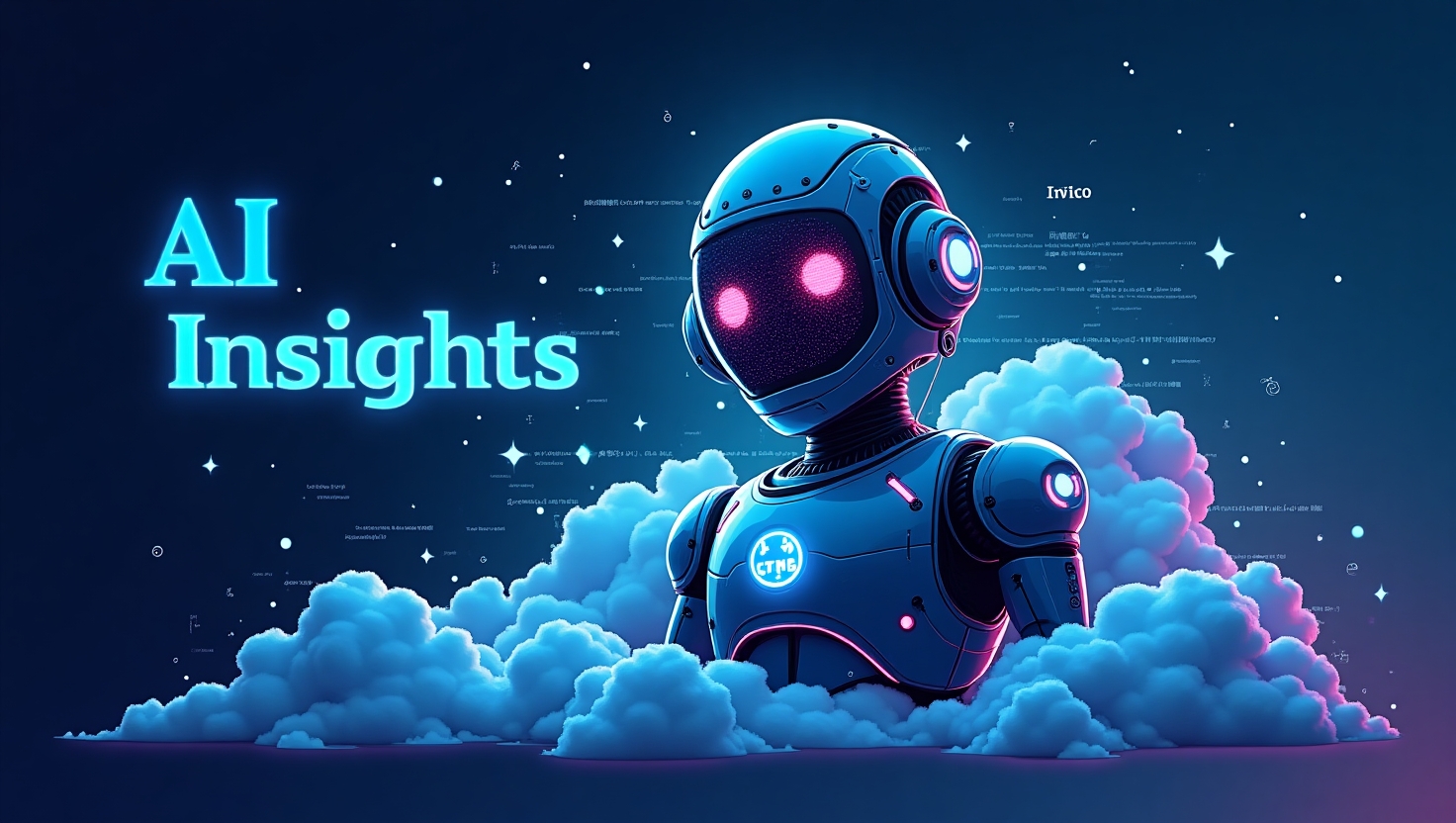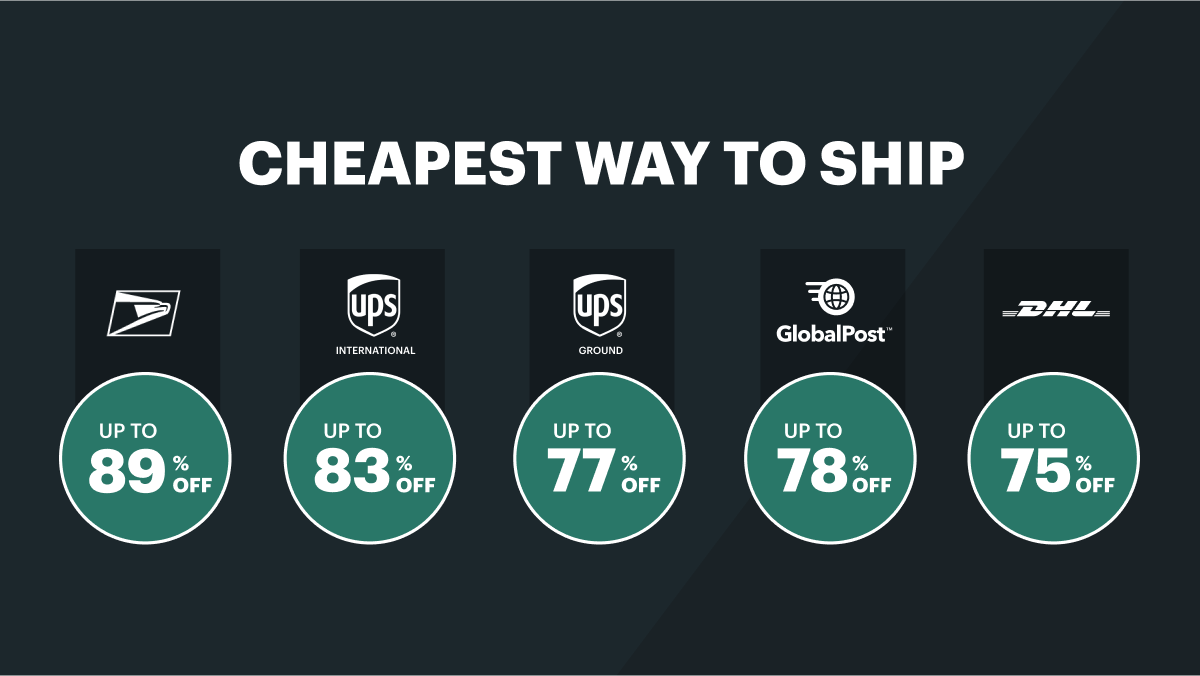Introduction
Artificial intelligence has evolved from a niche research field into one of the defining forces of the 21st century. Organizations large and small are integrating machine learning and advanced analytics to transform operations, improve customer experiences, and create entirely new business models. Amid this shift, the term ai insights dualmedia has begun appearing in discussions among professionals who are looking to understand how AI-driven intelligence can be combined with multi-channel content delivery to achieve better results. This article explores the concept comprehensively, examining its origins, implications, and best practices for adoption.
The Rise of Artificial Intelligence
AI’s rise has been marked by rapid advances in computing power, data availability, and algorithmic sophistication. Machine learning systems can now process vast amounts of unstructured information—text, images, video, and audio—extracting patterns and making predictions with unprecedented accuracy agence web paris dualmedia.
This evolution has opened doors to new strategies across industries. Healthcare uses AI to predict disease outbreaks, finance applies it to fraud detection, and retail leverages it for personalized recommendations. Against this backdrop, innovative concepts like ai insights dualmedia are emerging to address the need for coordinated, multi-platform intelligence.
Understanding Multi-Channel Content Delivery

Modern audiences no longer consume information through a single medium. They move fluidly between mobile apps, social platforms, email, podcasts, and streaming services. Brands must therefore orchestrate their messages across channels to remain relevant.
Multi-channel content delivery focuses on presenting consistent, personalized content wherever the audience is. When combined with advanced analytics and machine learning, it enables marketers and communicators to tailor experiences in real time. This convergence is at the heart of ai insights dualmedia, which blends AI-generated insights with simultaneous, synchronized outreach across different platforms.
Core Components of the Approach
Any framework that integrates AI with dual-channel or multi-channel outreach must address three core components:
- Data acquisition: Gathering structured and unstructured data from multiple sources.
- Insight generation: Applying algorithms to derive meaningful patterns, predictions, or recommendations.
- Delivery orchestration: Distributing the resulting content or actions across channels in a coordinated fashion.
Organizations experimenting with ai insights dualmedia are essentially building systems that handle all three components seamlessly, so insights flow directly into the content streams reaching their audiences.
Benefits for Organizations
The potential benefits of integrating AI insights with multi-channel delivery are substantial:
- Improved personalization: Tailoring content to individual preferences across all touchpoints.
- Higher engagement: Delivering the right message at the right time increases click-throughs and conversions.
- Operational efficiency: Automating content selection and placement reduces manual work.
- Data-driven decisions: Continuous feedback loops refine strategy over time.
Companies deploying ai insights dualmedia strategies report greater consistency in their messaging and more agile campaign adjustments based on real-time analytics.
Challenges and Considerations
No transformative approach comes without challenges. Common obstacles include:
- Data silos: Fragmented information across departments can limit AI effectiveness.
- Privacy regulations: Handling personal data requires compliance with stringent laws.
- Integration complexity: Linking AI systems with existing marketing platforms demands expertise.
- Cultural change: Teams must adapt to new workflows and trust automated recommendations.
Addressing these challenges is crucial for any organization adopting ai insights dualmedia methodologies. Without proper governance, the promise of synchronized intelligence and delivery can be undermined by execution issues.
The Role of Data Ethics
As AI takes a more central role in shaping messages and experiences, ethical considerations gain urgency. Transparency about data collection, explainability of algorithms, and safeguards against bias are essential.
When building systems under the ai insights dualmedia framework, organizations should establish clear ethical guidelines. This not only protects consumers but also enhances brand reputation, making audiences more receptive to personalized content delivered across multiple platforms.
Practical Steps to Implementation
For companies interested in implementing such a system, the following phased approach is effective:
- Audit existing data and channels. Understand where information resides and how content is currently distributed.
- Select appropriate AI tools. Choose machine learning platforms that can integrate with your content management systems.
- Pilot a small-scale program. Test AI-driven insights on a limited campaign to measure impact.
- Scale and refine. Expand gradually, incorporating feedback and adjusting models.
Organizations that approach ai insights dualmedia in this structured way reduce risk and accelerate their learning curve. jalbitehealth
Case Study Examples
Consider a retail company operating both an online store and physical outlets. Using AI, it analyzes purchase history, website behavior, and social media interactions to identify patterns. It then delivers personalized offers simultaneously via email, mobile push notifications, and in-store digital displays.
Another example could be a news publisher analyzing reading habits across its website and mobile app. By applying ai insights dualmedia, it curates article recommendations and pushes them via newsletters and social feeds in real time, maximizing engagement while maintaining consistent editorial voice.
These scenarios illustrate how the concept moves from theory to practice, enabling organizations to orchestrate content intelligently across diverse channels.
Measuring Success
To ensure that the new approach delivers value, robust measurement frameworks are necessary. Key performance indicators may include:
- Engagement metrics (click-through rates, time on page, shares)
- Conversion metrics (sales, subscriptions, downloads)
- Retention metrics (repeat visits, loyalty program participation)
- Operational metrics (content production time, error rates)
By tracking these indicators before and after implementing ai insights dualmedia, organizations can quantify improvements and justify further investment.
Future Outlook

As technology advances, the integration of AI with multi-channel delivery will only deepen. We can expect:
- More sophisticated models: Algorithms capable of understanding nuanced human behavior.
- Real-time personalization at scale: Instant adjustments to content across platforms.
- Cross-industry adoption: From marketing to education, healthcare, and beyond.
- Greater emphasis on ethics: As capabilities expand, so does the responsibility to use them wisely.
The term ai insights dualmedia may evolve into a broader category of solutions, but the underlying principle—combining intelligence with coordinated outreach—will remain central to digital strategy.
Conclusion
Artificial intelligence is no longer optional for organizations seeking to compete in a crowded, fast-moving digital landscape. Integrating AI-driven insights with multi-channel content delivery offers a powerful way to enhance personalization, efficiency, and impact. disquantified org
By understanding the principles, benefits, and challenges outlined in this article, businesses can position themselves at the forefront of this transformation. Whether you are a marketer, technologist, or strategist, exploring frameworks like ai insights dualmedia can provide a roadmap for navigating the next wave of digital innovation.



